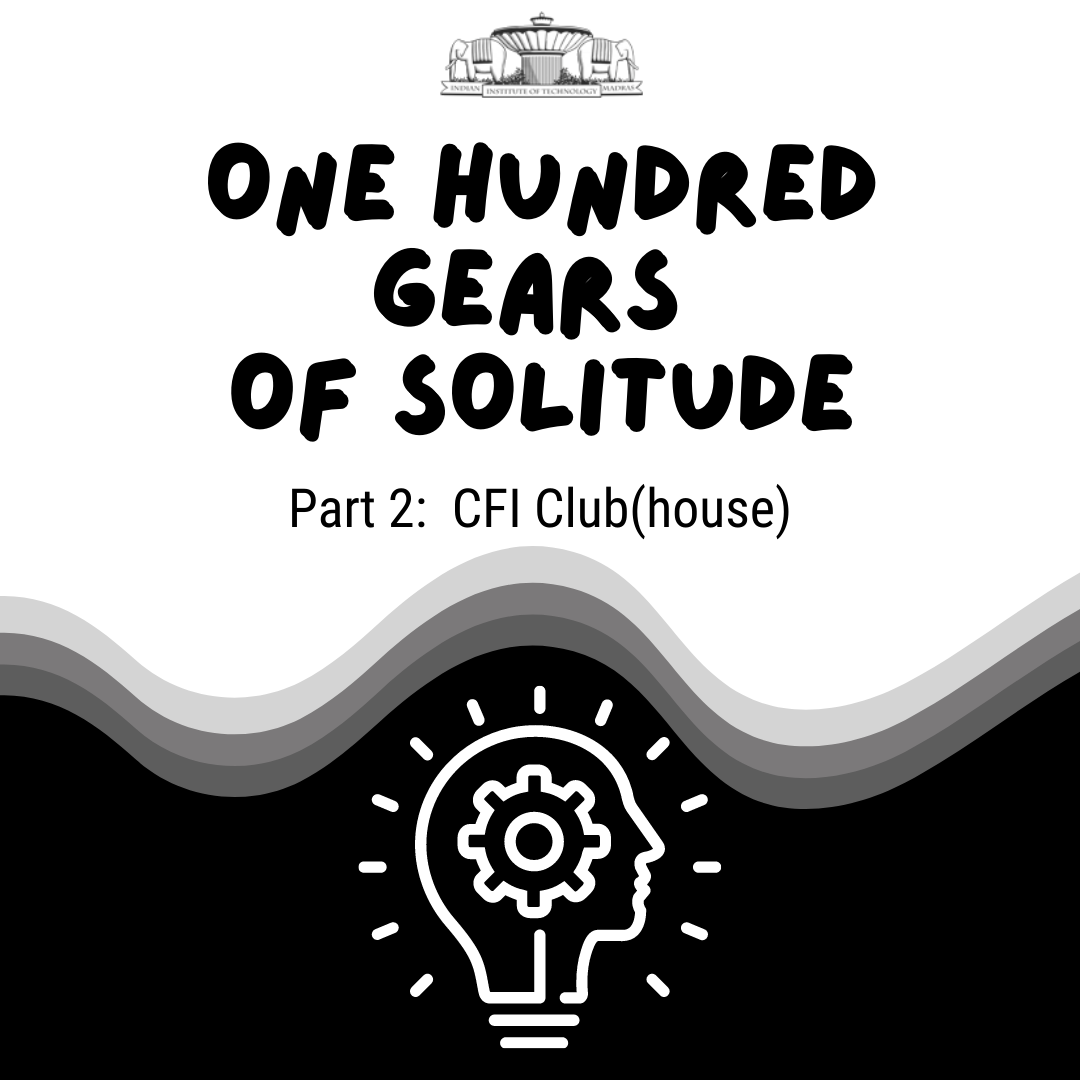Editor: S Vishal
Design: Shaurya Rawat
Imagine you are on the voting panel for the Grammy Awards, and you are asked to vote upon the recipient of the Lifetime Achievement Award. It’s a pretty subjective choice, and you’ll probably be biased towards your favourite artist. It becomes even harder if you’re given a particular genre, say jazz. In all likelihood, you, the average listener, are not an expert on jazz music.
How, then, with no special expertise in a field, do you judge without bias the value of the contribution a person has made to that field?
You could count the total number of songs in an artist’s discography. But is that good enough? What if they have released a hundred songs over the course of their career, but they’re not even decently good and no one listens to them? So you would probably take into account something like the number of Spotify streams. But this measure by itself might not be the best choice either. What if they released one song that topped all the charts and then disappeared from the music scene forever? How much value of contribution can you give a one-hit wonder?
This is the essence of a problem that was faced by the scientific research community for a long time. People used to simply count the number of citations a researcher had to their name.
Citations are important because they determine how much someone’s work has contributed to others’ research and thus benefited the scientific community as a whole. But still troubled by the high number of citations for researchers who published one or two highly successful papers and nothing else, it wasn’t until 2005 that a physicist called Jorge Hirsch came up with the idea of the h-index (named after, you guessed it, himself).
What is the h-index?

The h-index is defined as the maximum value of h such that the given author has published h papers that have each been cited at least h times. For instance, if a researcher has an h-index of 25, it means they have published at least 25 papers and each were cited at least 25 times by other papers.
The h-index aims to tie together productivity and impact, and hence this measure is extremely relevant for scientific academies and funding agencies, who need a measure to recognize and reward good researchers. It is also pertinent to institutions looking to hire professors.
Details & Insights from insti’s profs!
Prof. Preeti Aghalayam from the Department of Chemical Engineering gave us some first-hand details of the process. “We look carefully into faculty applicant publications and citations. There are several quantitative requirements and the quality is judged by experts throughout the entire process. However, at the assistant professor level, the applicants are young researchers and have likely had just a few years of publication history. In this context, the h-index is not a great indicator, as it usually takes a few years for most publications to gain traction in the field and start accruing citations.”
We also reached out to Prof. Rajnish Kumar from the Chemical Engineering Department, who has been listed as a ‘Highly Cited Researcher’ for the year 2018 by Web of Science[1], and he shared his insight on how the standing of an academic institution is impacted by the h-index of its community.
“If one looks at the best institutes around the globe, one can clearly see that there is a very good correlation between their academic standing and their h-index. The roles of quality faculty and quality students are [the] biggest. If the h-index of the institute goes down, typically its academic reputation goes down and thus attracting the best human resources gets difficult. An institute like IIT Madras would lose its standing if it is not able to attract the best students and the best faculty available at any given time.”
Tid-bits on its history
The h-index was never actually a revolutionary concept, as it was descended from a close predecessor called the Journal Impact Factor (JIF), which is the most widely used measure of a journal’s quality. The JIF is calculated by dividing the number of citations in the current year by the number of articles published in the two previous years.
However, the widespread use of the JIF despite its shortcomings has garnered a lot of criticism. It has been pointed out that researchers would worry more about trying to publish in a high-IF journal than about their actual research. And thus was born the h-index, a yardstick that gives the researcher their own individual worth independent of the reputation of journals.
The flaws
Yet the h-index is by no means a perfect indicator. There have been heated debates in the community over how relevant it actually is. In his defence, Hirsch has noted that the Nobel Prize winners in physics all have high h-indices (84% had an h of at least 30). And that’s good, but what about the other 16%? What if the judging panel eliminated candidates just by looking at their h-index?
There’s no denying that the index has a considerable number of flaws. One of the most glaring ones is that in general, researchers working in more uncommon fields will have a lower h-index (due to a lower number of citations overall). Apart from that is the case of co-authored papers. There are a plethora of collaborative papers that have even minor contributors cited just the same alongside the primary authors, helping them gain undue credit. Unfortunately, scientists can and do manipulate the system by indulging in unethical practices like self-citation and forming citation circles – small groups of people who regularly cite each other’s work.
Closing points
If some of these points sound familiar, yes, it’s because judging a researcher by their h-index is quite similar to judging a student by their marks. That’s all it is, really. A tool to objectively judge someone you know subjectively little about. It has its benefits and it has its flaws. Prof. Rajnish succinctly expresses its value:
“If one looks at the definition of the h-index, it incorporates two aspects, quantity and quality of publications. Thus if utilized along with some other matrix which normalizes the difference between two individuals (due to the differences in their research areas), it gives some useful information about any active researcher.”
Prof. Preeti has a similarly elegant opinion. “I do recall that time when the h-index started gaining popularity. I thought it was very clever and cool, and still do believe it has value. [But] I don’t pay too much attention to the number.
My goal is to do good research, solve meaningful problems, have fun with the exploration, and guide students and scholars towards these goals as well. When your work is good, you publish good papers and stay in touch with other researchers in your field, citations will come and your h-index will grow. There’s no need to lose sleep over it!”
There you have it, folks. So don’t give up your dreams of winning the Nobel Prize – or that Grammy Award!
We thank Prof. Preeti and Prof. Rajnish for sharing their views with us!
[1] – https://che.iitm.ac.in/?p=2553
This article is a part of Research Series. Comments and suggestions are always welcome, you can send them to us at [email protected].




